10+ Rock Types That Can be Used As Building Materials
Many types of rocks in nature are the main raw materials of building sand, which can get different specifications of building aggregates after crushing and screening. According to their genesis, these different rocks can be divided into three great classes: magmatic rocks, sedimentary rocks and metamorphic rocks, among them, granite, basalt, rhyolite, limestone, shale, sandstone, travertine, gneiss, quartzite and marble, etc. are widely used as construction materials.

1. Magmatic Rock
Magmatic rock, also known as igneous rock, is a rock formed by magma ejecting from the earth’s surface or intruding into the earth’s crust for cooling and solidification. There are obvious mineral crystal particles or pores, accounting for 65% of the total volume of the earth’s crust and 95% of the total mass.
Common magmatic rocks include granite, granite mottle, rhyolite, orthoclase, diorite, andesite, gabbro and basalt (strength is about 250 MPa).
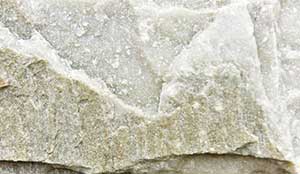
Granite: Granite is the most widely distributed rock in igneous rock, which belongs to hard stone. It is composed of feldspar, quartz and mica. Its composition is mainly silica, accounting for 65% – 75%.The rock is hard and dense, and can be divided into three kinds of “pegmatite”, “coarse crystal” and “fine crystal” according to the size of its crystal particles. Granite is often used for outdoor decoration: building exterior wall, roman column, stone archway, railings, etc.

Basalt: Basalt is a dense or foam like rock solidified by volcanic erupted magma after cooling on the earth surface, belonging to magmatic rocks. The rock structure usually has pore, almond and porphyry structure.The bulk density of basalt is 2.8-3.3g/cm³, and its strength can reach 300mpa. Basalt, as the raw material of building stone and cast stone, is a good aggregate of high-rise building lightweight concrete.
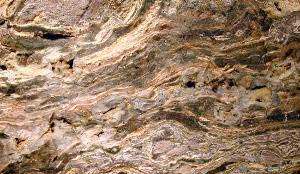
Rhyolite: Rhyolite is a kind of igneous rock, which is the acid extrusive rock of volcano. Its chemical composition is the same as that of granite.
Due to the rapid cooling rate when it is formed, the minerals are too late to crystallize, and the silica content is more than 69%.
2. Sedimentary Rock
Sedimentary rock, also known as aqueous rock, is a rock formed by the transport, deposition and diagenesis of other rock weathering products and some volcanic eruptions through water flow or glaciers in a place not too deep on the surface.
Common sedimentary rocks include limestone, dolomite, marl, travertine, sandstone and shale (strength is about 60-150 MPa).

limestone: The main component of limestone is calcium carbonate (CaCO3). Limestone is directly processed into stone and burnt into quicklime. Hydrated lime is formed by absorbing moisture or adding water.
Hydrated lime is prepared into lime slurry, lime paste, etc. to be used as coating materials and adhesives.
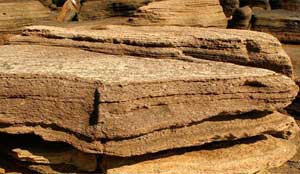
Shale: Shale is dominated by clay minerals, with obvious thin bedding structure. According to different components, it is divided into carbonaceous shale, calcareous shale, sandy shale, siliceous shale, etc.
Among them, the strength of siliceous shale is slightly larger, the rest is weaker, and the compressive strength of rock block is 19.61-68.65 MPa.

Sandstone: Sandstone is a kind of sedimentary rock, which is mainly cemented by various sand particles. The particle diameter is 0.05-2mm, in which the sand content is more than 50%, the structure is stable, usually light brown or red, mainly containing silicon, calcium, clay and iron oxide.
Most of the sandstones are composed of quartz or feldspar.
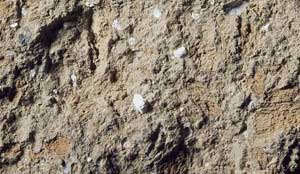
Travertine: Travertineis a kind of pyroclastic rock also known as volcanic tuff. More than 50% of the pyroclastic material consists of particles with diameter less than 2mm. The main component is volcanic ash, which is loose or dense in appearance. The layered tuff is called stratified tuff, with various colors, including purplish red, gray white, gray green, etc. Tuff is a common building material, which can also be used as raw material for cement and potash fertilizer.
3. Metamorphic Rock
Metamorphic rock is formed by magmatic rock or sedimentary rock formed first in the crust. Under the influence of environmental conditions, mineral composition, chemical composition and structural structure change.
The common metamorphic rocks are gneiss, quartzite, marble and granite gneiss (strength is about 117.6-196 MPa).
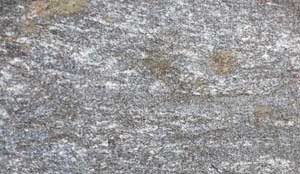
Gneiss: Gneiss is formed by metamorphism of magmatic or sedimentary rocks. It has a gneissic structure with dark and light colored minerals alternately arranged in a directional or intermittent strip, showing a crystalloblastic structure.
The compressive strength of the rock block is 117.7-196.1 MPa.
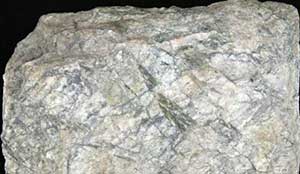
Quartzite: Quartzite is a kind of metamorphic rock mainly composed of quartz (quartz content is > 85%), which is formed by metamorphism of quartz sandstone and siliceous rock.
Quartzite has high hardness and low water absorption, which can be used as building materials, especially for outdoor use, such as paving stone, floor, cladding, etc.

Marble: Marble is a kind of metamorphic carbonate rock in sedimentary rocks. Its main minerals are recrystallized calcite and dolomite. Pure marble is white, with various colors and beautiful stripes when containing impurities.
It is the main decorative building stone and carving stone. The compressive strength of rock block is 49.0-117.7 MPa.

Slate: Slate is formed by dehydration and slight metamorphism of argillaceous, silty or neutral tuff.
Slate floor is very popular in corridors, basements and kitchens, largely due to the aesthetic value of slate, its unique appearance provides a rich variety of designs and colors, all of which are naturally formed. Slate roof is moisture-proof, wind resistant and heat-insulating, which can last for hundreds of years. It can also be afforested with external walls and gardens.
How To Divide Rock Hardness
All kinds of rocks can be divided into 4 grades according to their main physical and mechanical properties (compressive strength and abrasion rate in saturated state):
Grade 1 – Very hard rock (basalt, diabase)
Grade 2 – Hard rock (granite, gneiss)
Grade 3 – Medium hard rock (quartzite, pebble)
Grade 4 – Soft Rock (limestone)
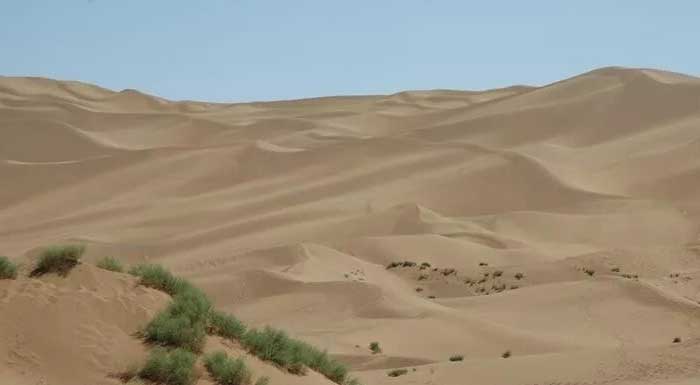 Why Desert Sand Cannot be Used As Building Materials
Why Desert Sand Cannot be Used As Building Materials Industrial Solid Waste Recycling [ Waste Rock ]
Industrial Solid Waste Recycling [ Waste Rock ]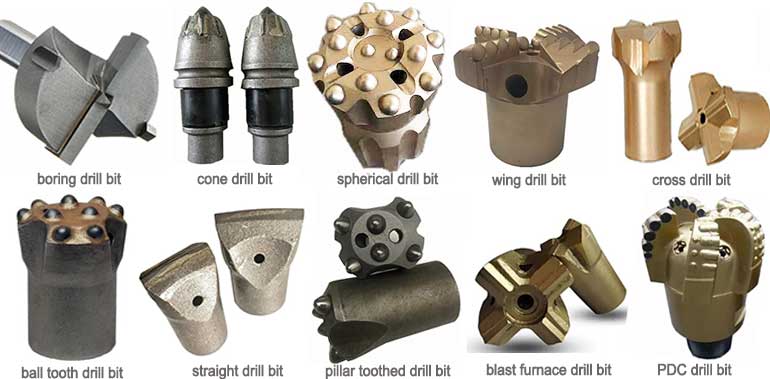 10 Types of Rock Drill Bits | How To Choose Drill Bits
10 Types of Rock Drill Bits | How To Choose Drill Bits Rock Drill | Working | Types | How To Choose Rock Drill
Rock Drill | Working | Types | How To Choose Rock Drill



